Umbilical tumefactions in cattle
Objective: The study was conducted to evaluate the incidence of umbilical pathologies and the result of related surgical interventions in Sicilian cattle.
Study design: 320 (214 females, 106 males) cattle with umbilical lesions were collected, anesthetized, operated on and follow-up recorded. We evaluated the injury incidence rate.
Population: The animals considered were: high productivity dairy cattle (Holstein Friesian and Brown Swiss); meat breeds (Charolaise and Limousine) and some crosses.
Results: The highest injury rate was simple omphalocele, followed by purulent omphalitis. A high percentage was found in young cattle. Friesians are the most prone to navel diseases. The dairy breeds, compared to the meat breeds, and double aptitude and crosses, were the most affected. The most common was simple omphalocele, with a small hernial port (1 to 3 cm), while the rest was greater than 3 cm, with severe organs or complications.
Methods: The most commonly used surgery was herniorrhaphy with autologous reinforcement, while classic sutures and mesh sutures were used in the remaining cases. Follow-up demonstrated healing in most of the treated subjects.
Conclusions: The study aimed to estimate some surgical clinical cases in Sicilian cattle. Most injuries are lower abdomen injuries, mostly simple or complicated umbilical hernias. Young dairy females were the most affected.
Meaning/impact: Radical surgery is the treatment of choice in the vast majority of symptomatic or asymptomatic umbilical diseases; moreover, the correct management and the choice of an appropriate surgical approach allow to obtain an effective treatment of the lesions.
Simple summary: In cattle farms, the correct management of births is a fundamental step for the future of breeding. In fact, there are numerous critical factors in this phase: calving area management, umbilical disinfection, correct administration of colostrum, management of individual pens. Generally, after a few hours from birth, the calf is transferred to an individual pen, the walls of which allow visual and tactile contact but avoid the possibility of mutual sucking of the umbilical region, a risk factor, in that area, of infections and hernias. In the study, the team collected umbilical interventions over 20 years in southeastern Sicily. Out of a total of 320 cases, the team reported the prevalence of types of umbilical tumefactions, anesthetic techniques and surgical techniques performed. The purpose of the work was to highlight any predispositions of race, sex, age regarding the lesion considered and above all, the effectiveness of the surgical therapy.
"Surgical approach and etiopathogenetic considerations to the umbilical tumefactions in cattle: Case review in twenty years (2000/2020)." Filippo Spadola, et al. Vet Anim Sci. 2022 Jun 22;17:100258. doi: 10.1016/j.vas.2022.100258.


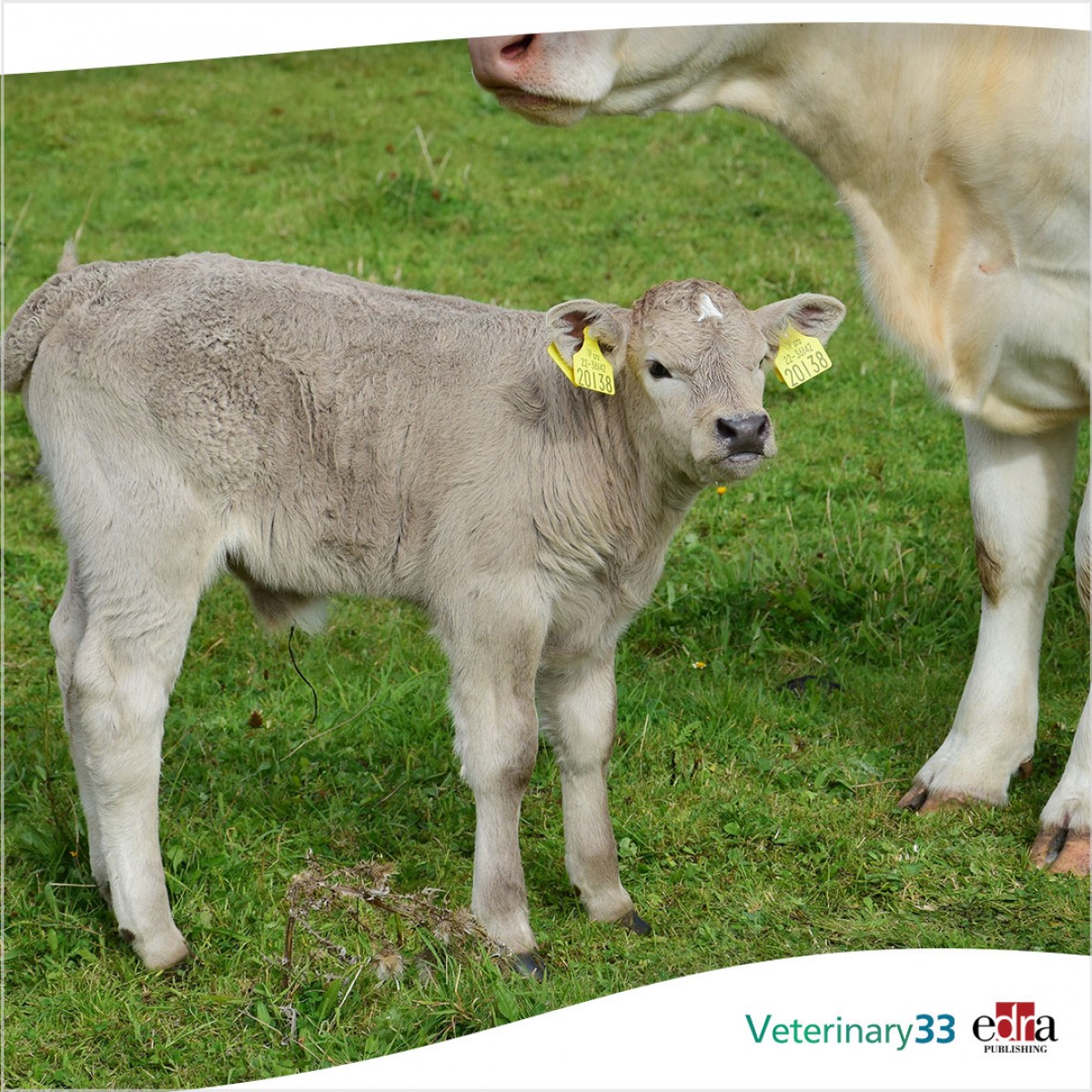


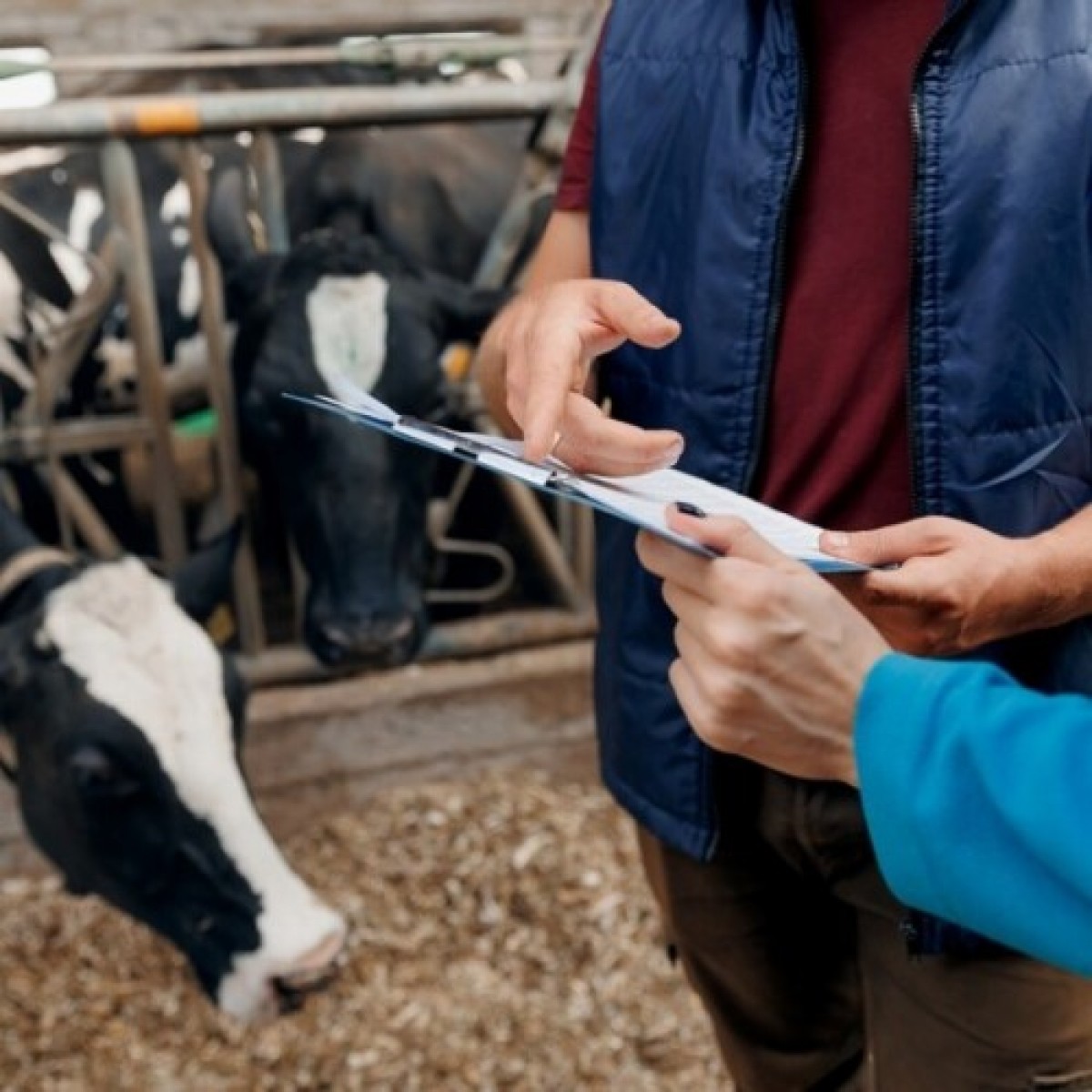
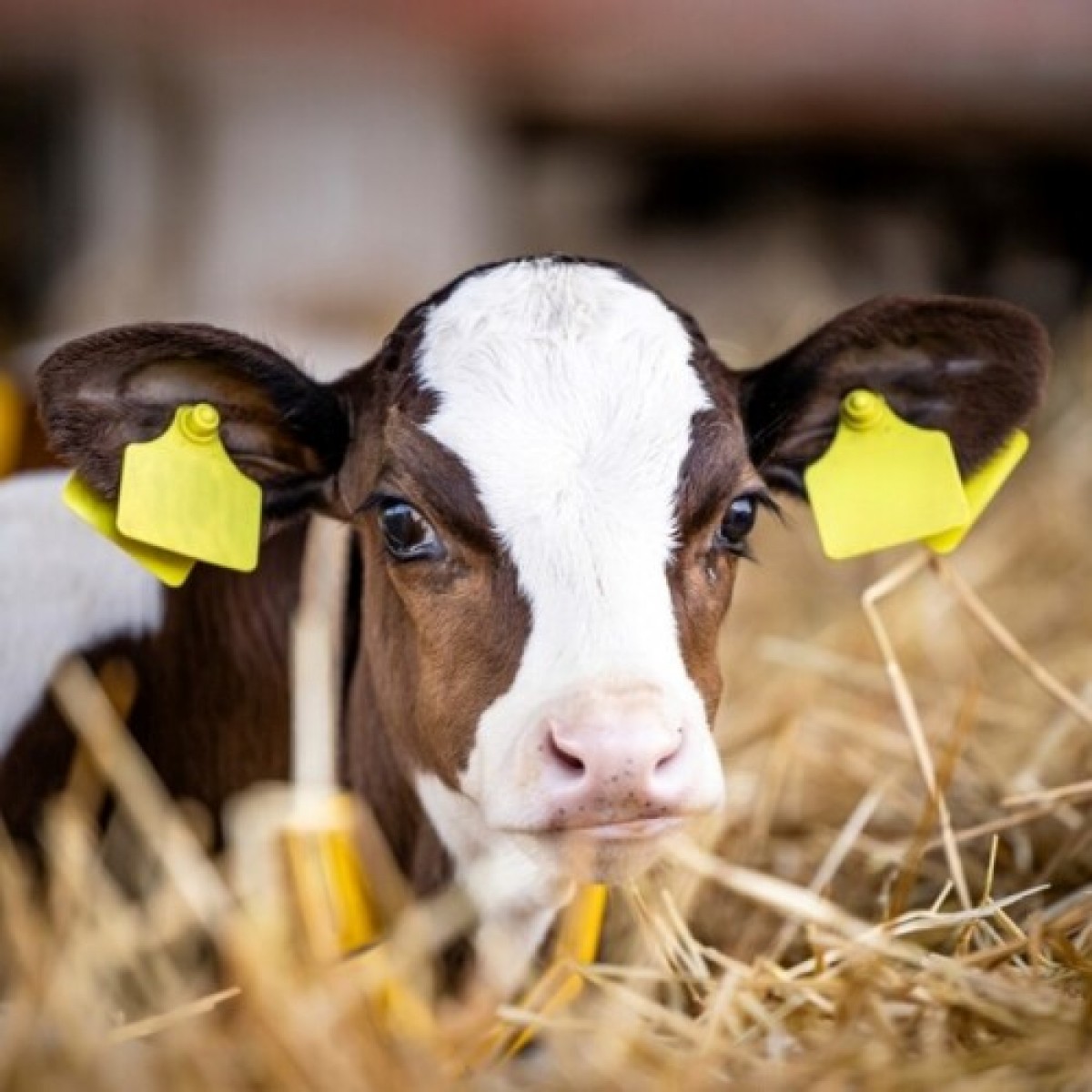


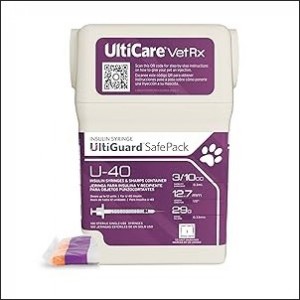
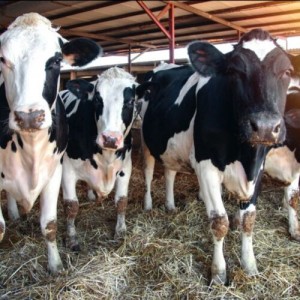
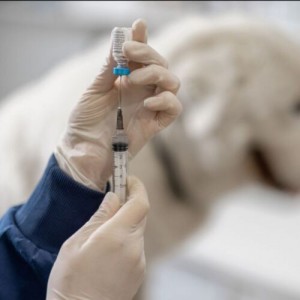
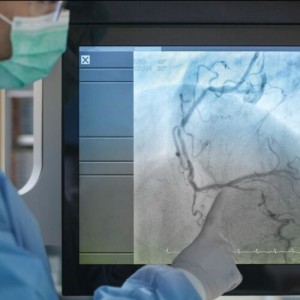

List
Add
Please enter a comment